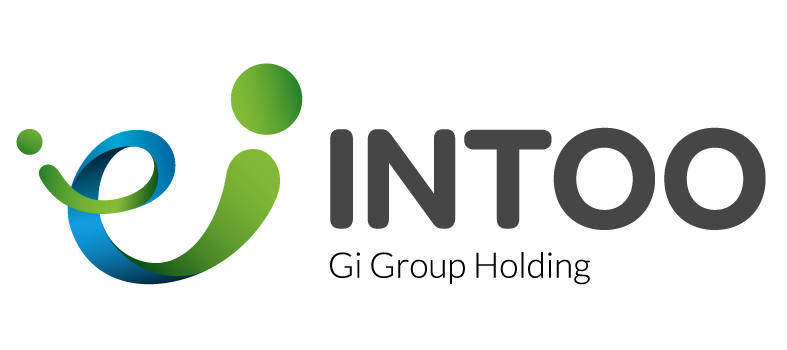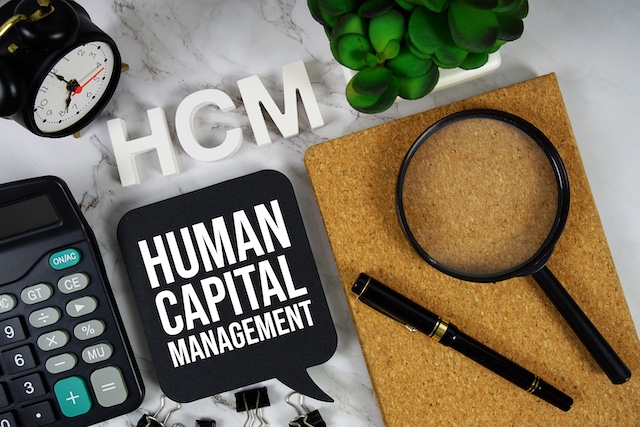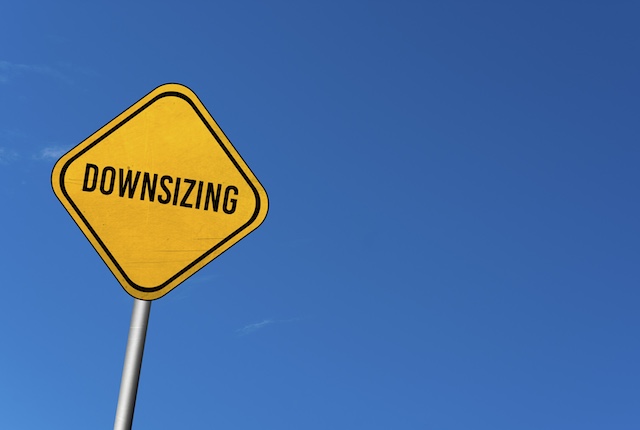What Is a Workforce Analysis?
A workforce analysis is a systematic process organizations use to assess their workforce’s current composition and capabilities and determine what changes are needed to align it more closely with their strategic objectives. This analysis typically examines various aspects of the workforce, including the number of employees, their skills, age distribution, diversity characteristics, and other demographic data. It also considers factors like employee turnover, recruitment rates, and future workforce needs based on business growth and strategic goals.
The purpose of conducting a workforce analysis is to identify gaps between the current state of the workforce and the human resources needed to achieve business goals effectively. This allows organizations to plan for training, hiring, and development initiatives that close these gaps. Additionally, workforce analysis helps ensure compliance with legal and regulatory requirements related to employment and diversity.
What Are the 6 Stages of a Workforce Analysis?
The six stages of a workforce analysis typically include:
- Identifying Objectives: Clearly define the purpose and goals of the analysis.
- Gathering Data: Collect relevant workforce data, including demographics, skills, and performance metrics.
- Analyzing Data: Review and analyze the collected data to identify trends, gaps, and areas for improvement.
- Developing Solutions: Based on the analysis, propose strategies and solutions to address identified needs and challenges.
- Implementing Solutions: Put the proposed solutions into action, which may involve training, recruitment, or restructuring.
- Monitoring and Evaluating: Continuously monitor and evaluate the effectiveness of the implemented solutions, making adjustments as needed to ensure alignment with organizational objectives.
How Can You Use a Workforce Analysis?
Workforce analysis provides valuable insights to inform strategic decision-making and optimize workforce management practices. Here’s how you can use a workforce analysis:
- Identifying Skill Gaps: Analyze current workforce skills against future business needs to identify areas where additional training or recruitment may be necessary.
- Optimizing Recruitment and Hiring: Use workforce analysis to tailor recruitment efforts to attract candidates with the skills and qualifications needed to fill identified gaps.
- Improving Employee Retention: Identify factors contributing to turnover and implement strategies to improve retention, such as addressing workplace culture issues or offering career development opportunities.
- Enhancing Performance Management: Use workforce data to establish performance benchmarks, track progress and provide targeted feedback and support to employees.
Informing Succession Planning: Identify potential future leaders and develop succession plans to ensure continuity in critical roles.




